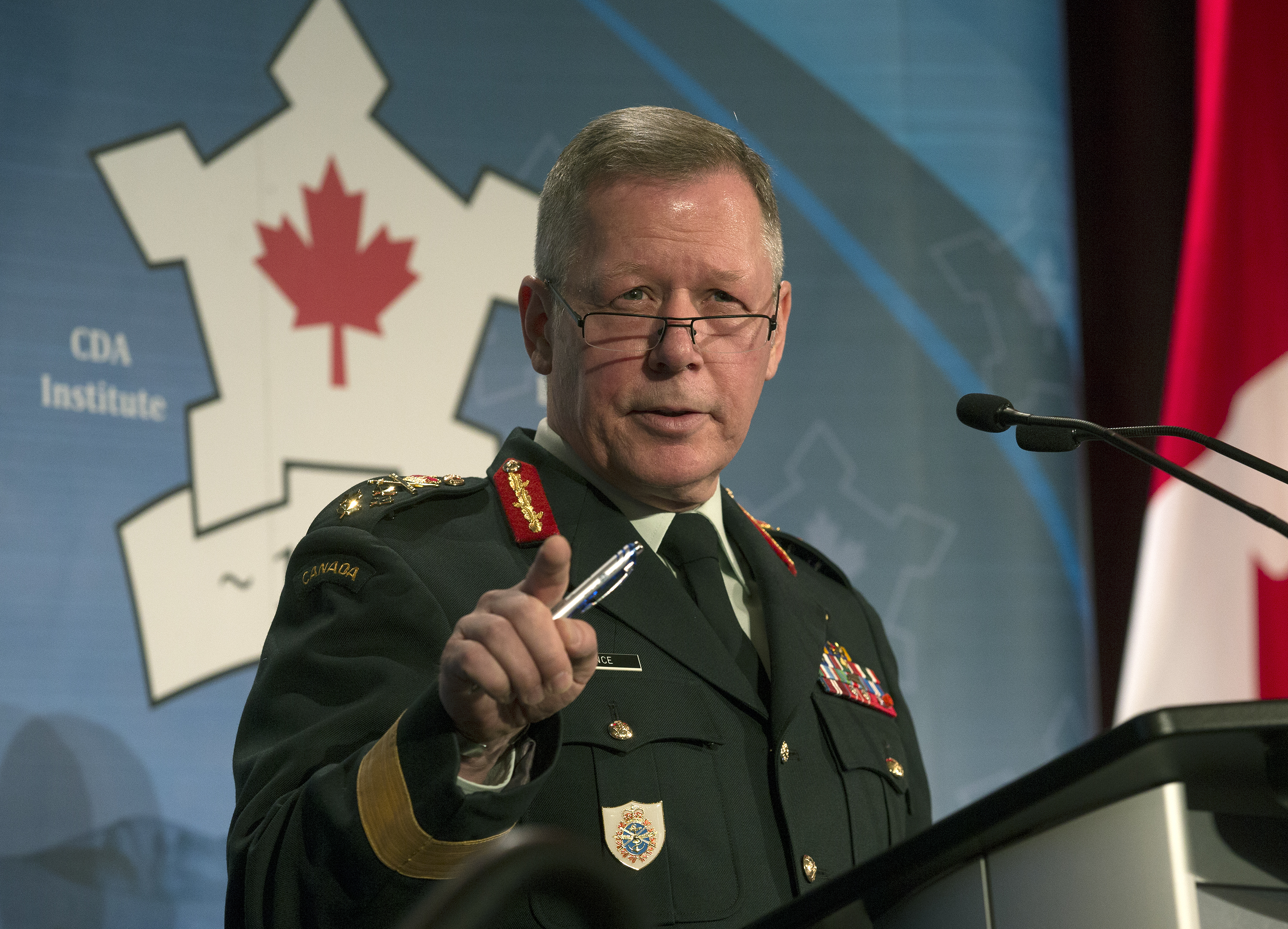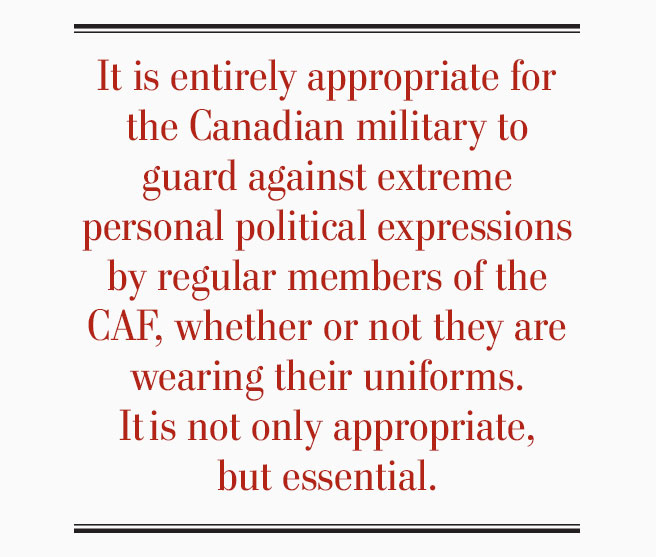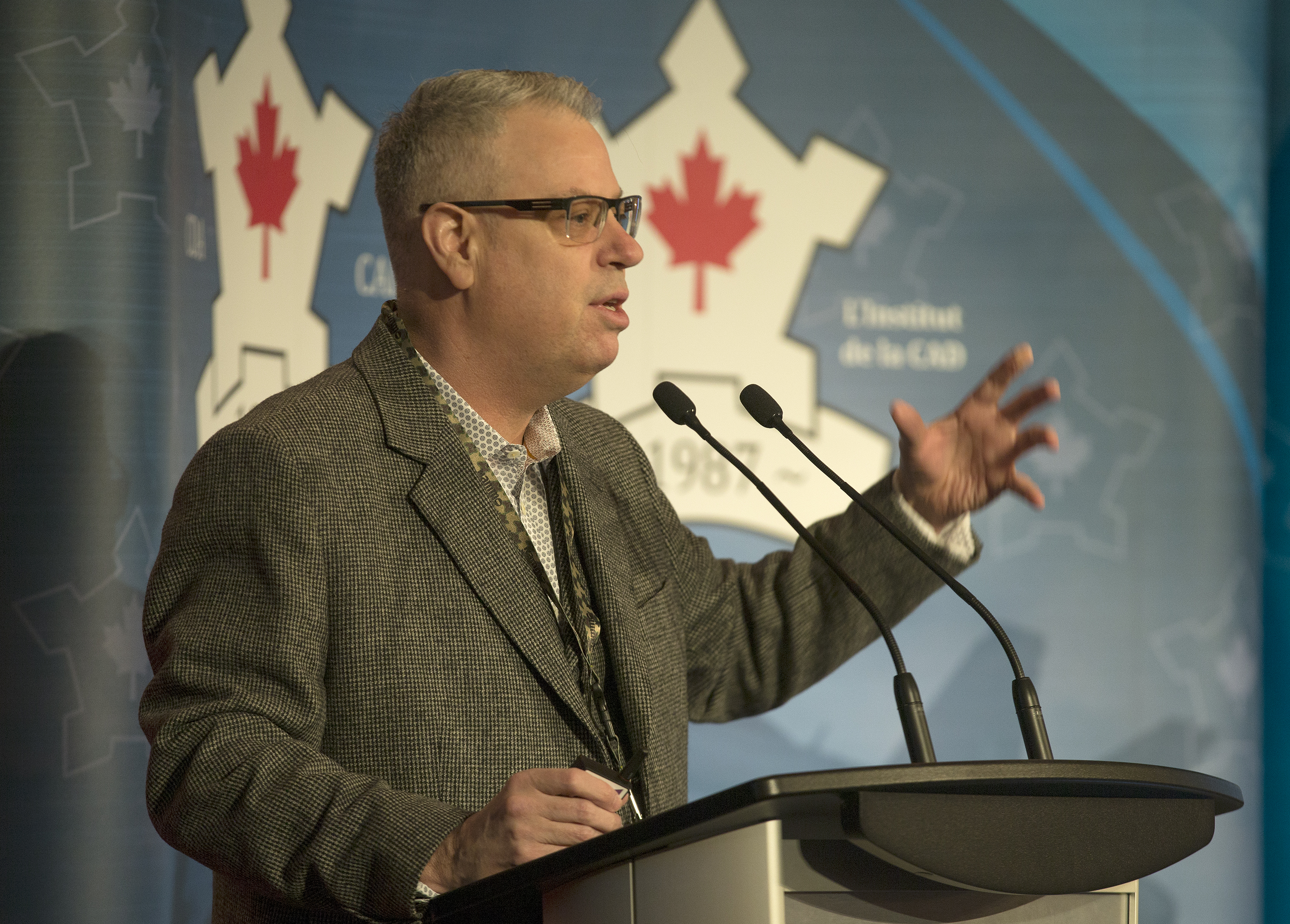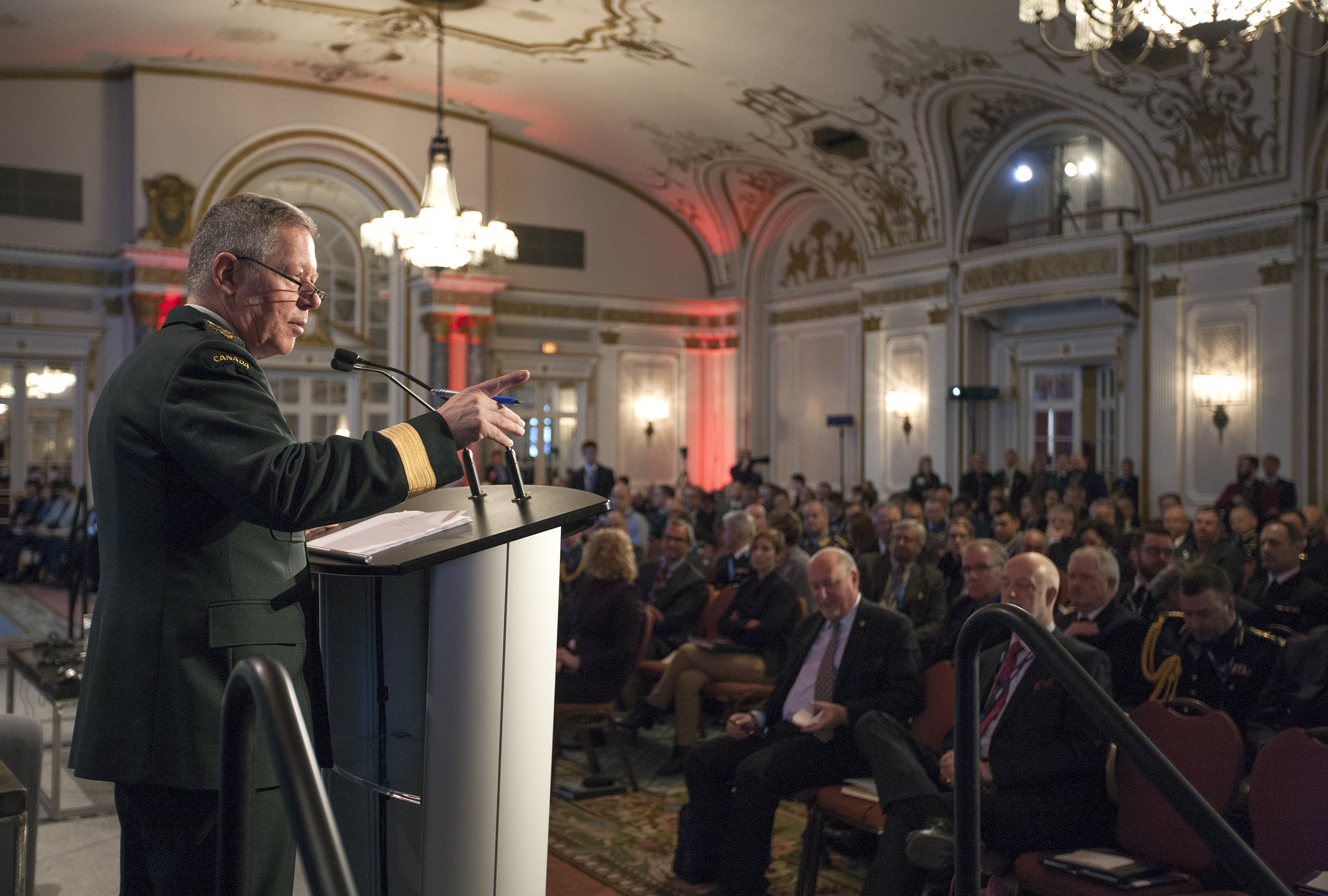
“We have this perception of who this country is that is no longer true,” the chief executive officer of Ipsos Public Relations told the recent Ottawa Conference on Security and Defence. “We’re becoming a new country.”
Current birthrates cannot sustain population growth. Canadians are getting older. The phenomenon is not unique to Canada. It’s common throughout the western world and even in some developing countries, and immigration is not keeping up.
In 1961, Canadians had an average of 3.9 children. Today, the average is 1.6. A stable population—not growing or shrinking—requires a birthrate of 2.1 and higher.
Bricker says the main reason for lower birthrates is education among women—they’re pursuing more of it, choosing careers and putting off families until later in life. The consequences are evident.

For the first time in its history, there are more Canadians over the age of 65 than under 15. The median age, at which half the population is older and half younger, is 41 today; in the 1970s, it was 24.
Bricker said some analysts are predicting a “geriatric peace—we’re too old to fight.”
“We have to get ready for a future in which we have a lot fewer young people,” he said. “I’m speaking to you, recruiters…. We’re running out of young folks, and we’re going to have even fewer going forward.”
His answer: redefine recruiting and retention.
“Why does it always have to be young people who do this?”
The evolving threat environment, particularly the rise of cyber warfare, “does not require people jumping out of airplanes to be able to deal with it,” he argued.
With the federal government declaring Canada’s need to take its place in the world, there will be more demand for soldiers, sailors and air crew. Despite difficulties the military has been having in meeting recruitment targets and the gloomy demographics he cited, Bricker suggested there is reason for hope.
Trust in those who wear the uniform has grown 14 percentage points in less than two decades, to 58 per cent (journalists are at 18). And 63 per cent of Canadians believe the government should be spending more on the military.
“There is no decline in respect for the military, so please get off that hobby horse, it’s just not true.”
Furthermore, immigrants constitute a potential recruitment goldmine. The bulk are coming from the Asia-Pacific Region, with the Philippines currently the No. 1 contributor, prompting Bricker to suggest the military produce some recruitment materials in Tagalog (the national language of the Philippines).

“There is a lot of competition for them. Not only is the Canadian military running out of them, the Canadian population is running out of them, the government’s running out of them, the private sector’s running out of them. Everybody’s running out of them.”

“If we’re going to attract talent and ensure we fully implement [the new defence policy], we must become a top-of-mind choice for young people and, maybe, not-so-young people,” Vance said. “We must consider seriously midlife entry, with rank, for people with appropriate skills.”

He said recruiters need to look to population segments they haven’t traditionally targeted and the military must create a “more flexible work environment and career management that takes into account the challenges of modern family, modern careers and modern warfare. And, finally, a positive release experience.”
He admitted to reporters after his appearance that recruiters have not so far met his goal of increasing women by one per cent annually until they reach 25 per cent of the Forces by 2025. Nevertheless, he said he still thinks the goal is achievable.
Diversifying the military is “going to take an effort that’s more than just what the military can do,” he said. “It’s going to have to be out there as a bit of a buzz—the military’s a good place to join…. It’s going to have to be normalized.”
Advertisement












